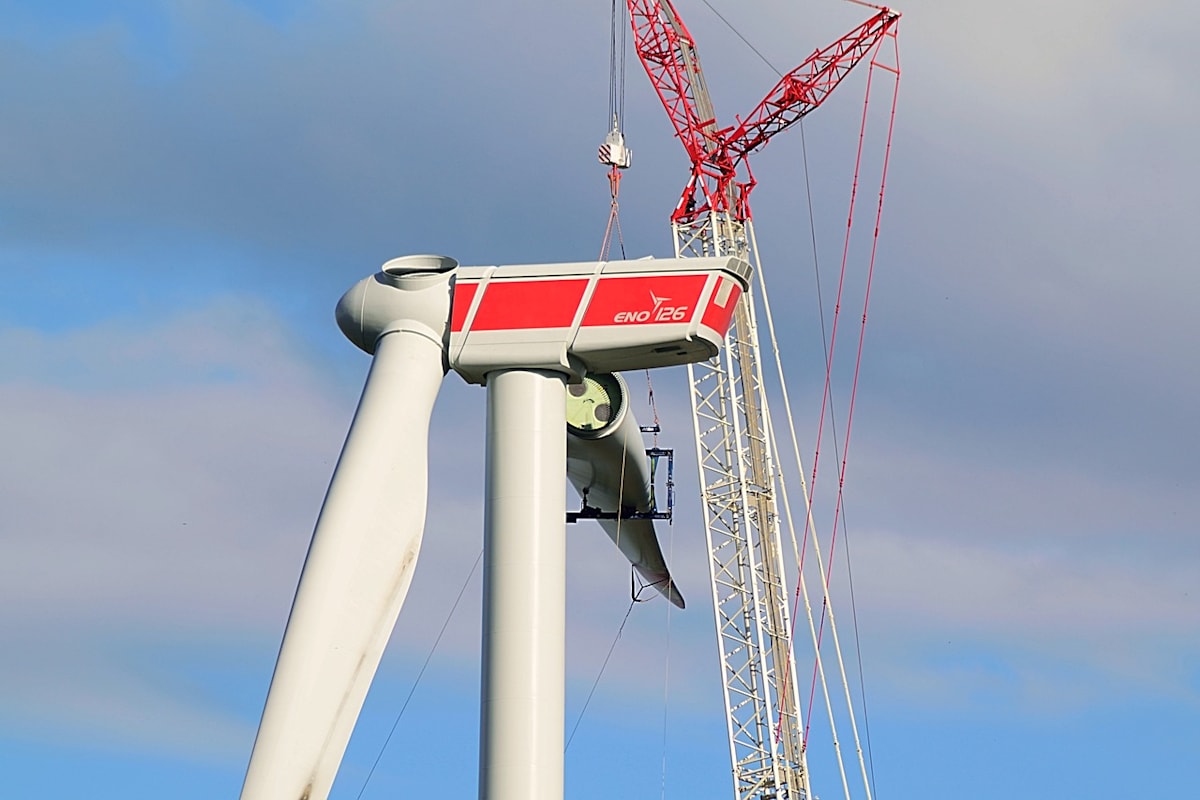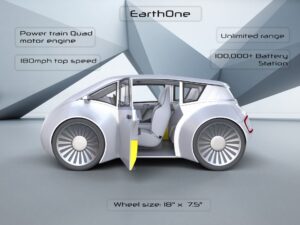Wind turbines are cost-effective means of generating pollution-free energy but still need maintenance at components and farm level. Individual units on the components level require care as parts such as rotors, gearboxes, and ball-bearings need lubrication. For optimal power generation, maintenance costs are streamlined in the budget, even though all manufacturers offer a warranty. Due to their longevity, the maintenance plans include the costs for any unpredictable incidents as a precaution.
Accessories And Technical Equipment:
Besides the mechanical parts, there is a lot of other technical equipment involved in functioning. The sensor used to collect and feed data for analysis need s to be kept in optimal condition, and scheduled maintenance is organized to keep turbines at their best performance level. The components used are designed to keep up with the longevity of wind turbines. Most manufacturers give an estimated life span of 20 years, but that doesn’t guarantee the component won’t fail during operations and need regular maintenance.
The most important parts are the gearbox and generators that generate electricity. Engineers are working to develop improved designs, and most recent turbines use permanent magnet rotors. These designs have a self-induction mechanism and don’t require any external excitation.
Challenge in Supervision And Technical Assistance:
Although the manufacturers’ initial support and assistance, every plant needs to have skilled supervisors and technicians. There are a limited number of colleges that are offering programs in technical assistance for turbine management. Even though the supervisors are available during installation and on-site, their presence isn’t available to the technicians, requiring very skilled personals in the field.
Role Of Maintenance:
The life of a turbine can be extended with the planned maintenance on both up-tower and on-site repairs. Operations and management costs are usually under-considered during the initial budgeting to cur down the overall costs. However, more considerations need to be put in as component levels cost, and repairs are not considered by management but is normal with these operations. For instance, it is essential to note the equipment’s performance expectations. Keeping the maintenance details of what happened and the root cause defects during the warranty period could benefit subsequent maintenance planning.
The best way to protect your assets from ongoing problems is to know the historical failure modes for your particular turbine model and know what protocols are in place to fix the problem, either from the OEM or from a specialist service provider.
Article by Salah M. AL for Epistle News.



